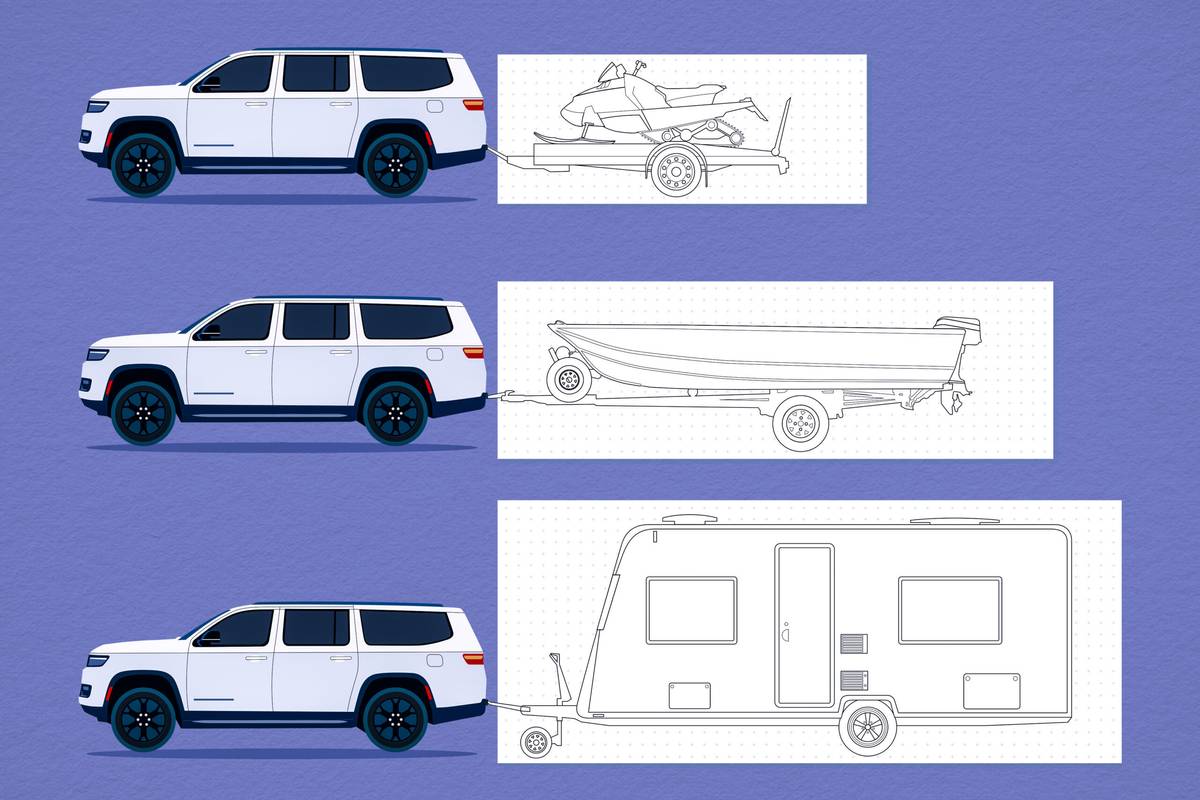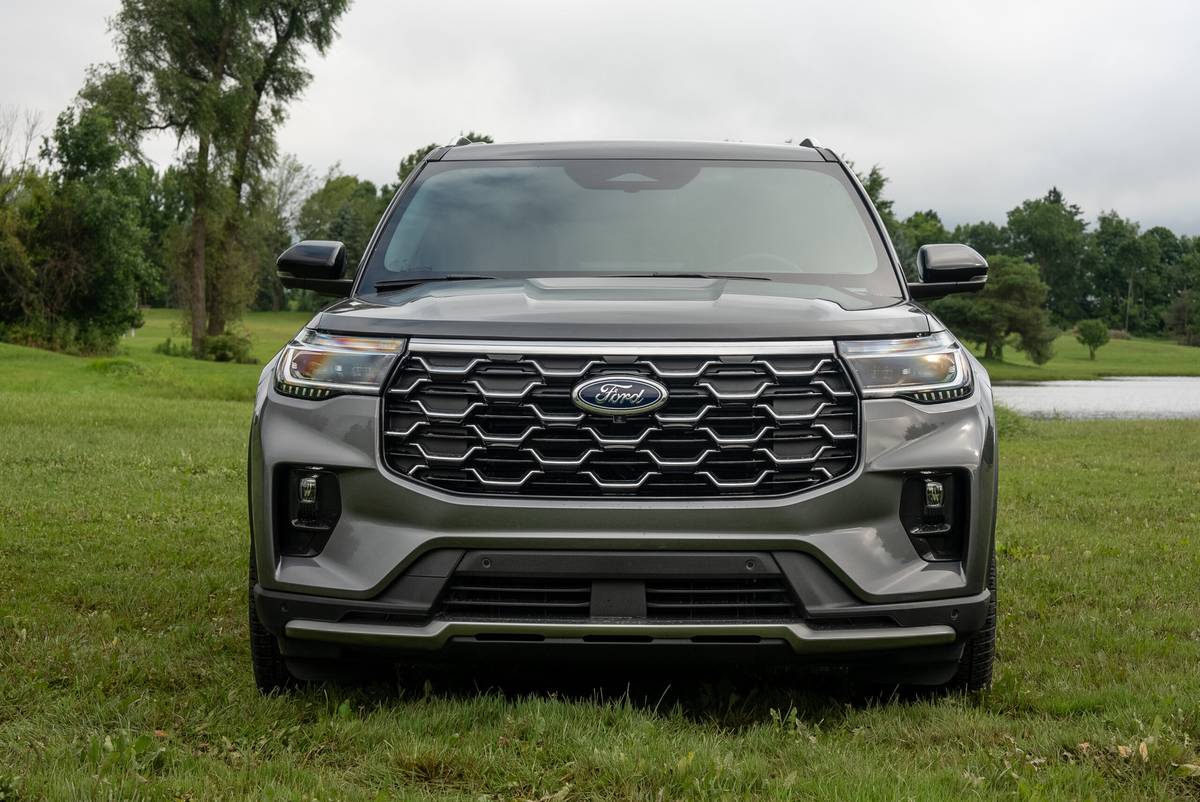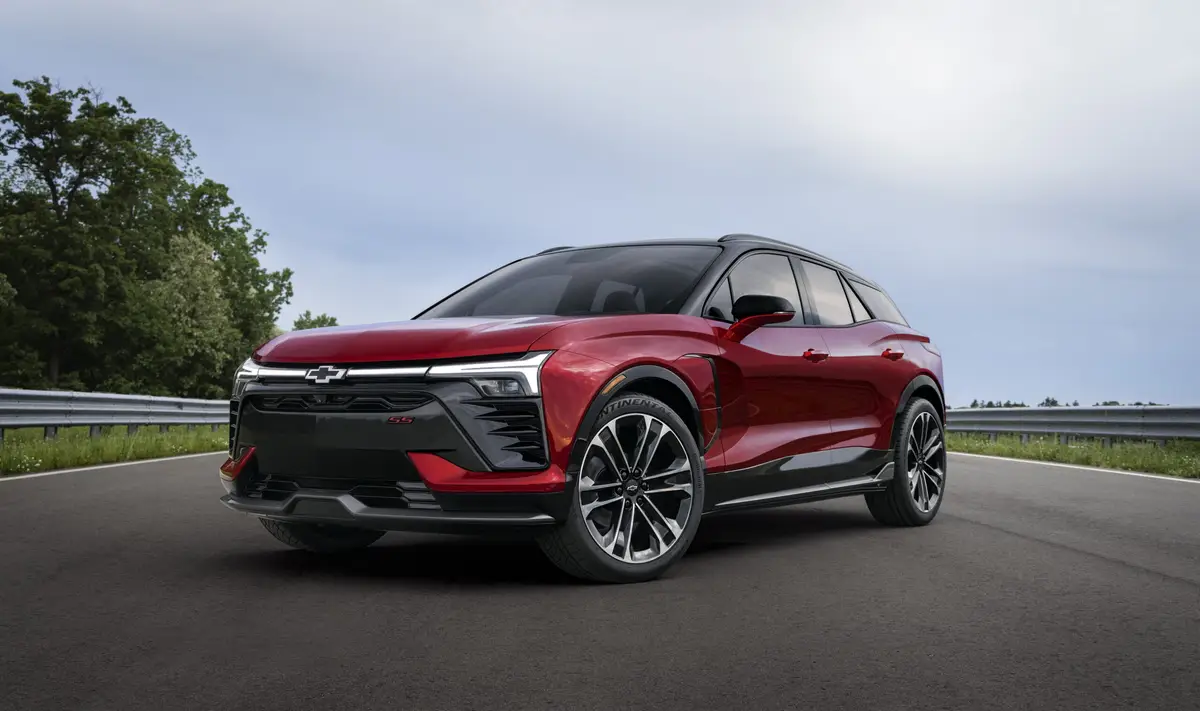2003 Land Rover Freelander: What's New
Vehicle Overview
During the 2002 model year, Land Rover came up with a new, less expensive model to join its existing Discovery and Range Rover sport utility vehicles in the United States. The Freelander has been available in Europe since 1997 and is said to be leading the market there, and the automaker decided to modify this SUV for the U.S. market. Ford bought the Land Rover company in 2000 and was able to carry through with importation of the Freelander, which began to reach dealerships near the end of 2001. Because of its recent debut, few changes are likely for the 2003 model year, but Land Rover has not yet released details.
Bob Dover, chairman and chief executive officer of Land Rover, calls the Freelander a small premium SUV aimed at driving enthusiasts. Benefiting from a new powertrain, chassis improvements, and reduced levels of noise, vibration and harshness, the Freelander was the first Land Rover product with a unibody design and a fully independent suspension.
The Freelander is available in base S, midrange SE and upscale HSE trim levels. All-wheel drive is standard, but no Low range is included. Small-SUV competitors include the Ford Escape, Honda CR-V and Mazda Tribute.
The availability of the Freelander should help Land Rover achieve its sales target, which is a 50 percent growth in the U.S. market. In mid-2002, the Insurance Institute for Highway Safety (IIHS) gave the Freelander a Poor rating after conducting 5-mph crash tests. The total damage in four low-speed crash tests came to $6,470.
Exterior
Marketers emphasize the Freelanders clean lines, which are intended to evoke the traditional Land Rover character. A broad front bumper that leads directly into the wheel arches helps to set the tone for the Freelander. Generous wheel travel is provided: up to 7 inches in the front and 8 inches in the rear. The Freelander is a little longer than the Escape and Tribute, at 175 inches long overall, but it rides a shorter, 101-inch wheelbase. The Freelander stands 69.2 inches high to the top of its roof rails.
The Freelanders offroad strength and rigidity are said to be comparable to traditional Land Rover models, which is helped by box-section rails and eight integral cross-members under the body. Aluminum-alloy wheels hold 16-inch tires on the S model, but 17-inch tires go on the SE and HSE editions. A full-size spare tire mounts on the side-hinged rear cargo door. A spoiler-type sunroof is available as an option.
Interior
Five occupants fit inside the Freelander. It is equipped with bucket seats up front and a 60/40-split, folding rear seat. Cloth upholstery is standard in the S edition, and the other two models get leather. A power up/down rear window is installed in the swing-out cargo door.
Standard equipment includes heated power mirrors, a leather-wrapped tilt steering wheel, a security system with perimeter protection and an immobilizer, and a CD stereo with Radio Data System (RDS) station identification. The SE model adds a cargo cover and steering-wheel radio controls, and the HSE includes a Harman Kardon sound system with a six-CD changer. Rear privacy glass is standard on the SE and HSE. Heated front seats are optional.
Under the Hood
A 2.5-liter, 24-valve dual-overhead-cam V-6 engine delivers 175 horsepower and 177 pounds-feet of torque. The power plant teams with a five-speed Steptronic automatic transmission. Full-time four-wheel drive is standard, and the center viscous coupling is similar to that used on the big Range Rover. The transmission operates in Sport or Manual-Steptronic mode.
Safety
All-terrain antilock brakes are standard, but side-impact airbags are not offered. Each Freelander has a four-wheel electronic stability system and Hill Descent Control with a push-button selector for use on slippery downgrades.
Driving Impressions
Compared to most SUVs, the Freelanders low cowl gives it an entirely different feeling inside, causing the driver to feel rather tall. The gauges are small, dark and somewhat difficult to read. The clock looks as if its a mile away, and the radio controls are cryptic. The cupholders sit in a compartment on top of the dashboard.
The Freelanders performance is reasonably vigorous, especially from a standstill, but its acceleration is less than stirring overall. A heavy steering feel and thick wheel make the Freelander seem almost more ponderous than the big Range Rover, but this sensation eases at higher speeds. You can expect a well-behaved ride on most surfaces. The seats are quite firm, which is acceptable for short hauls but a question mark for longer journeys.
| Reported by Jim Flammang for cars.com From the cars.com 2003 Buying Guide Posted on 1/29/03 |
Featured stories



